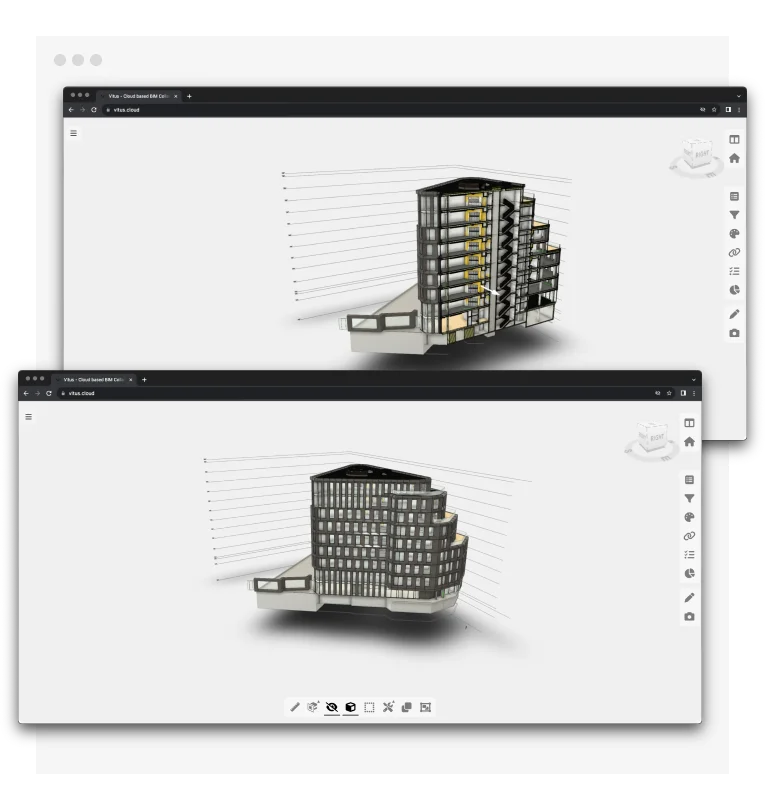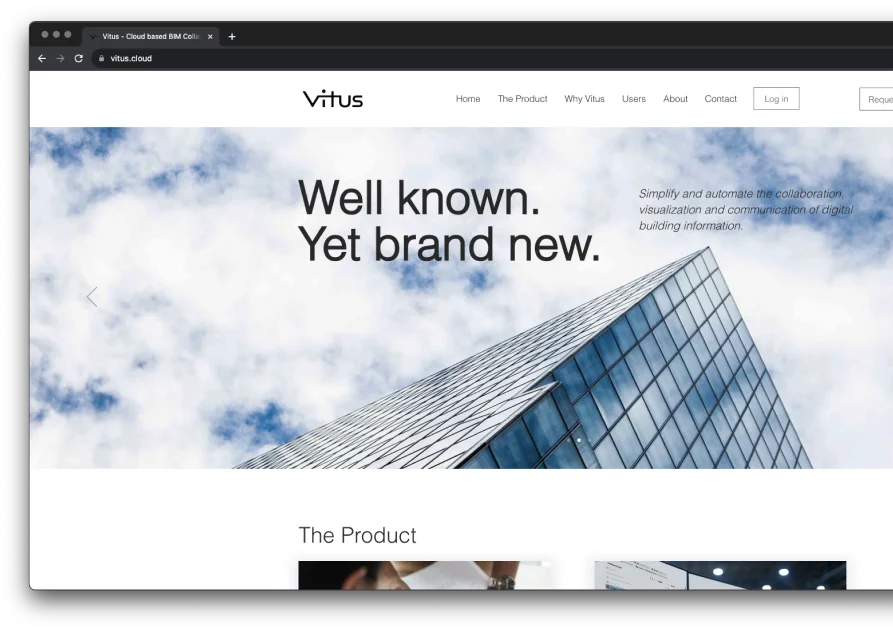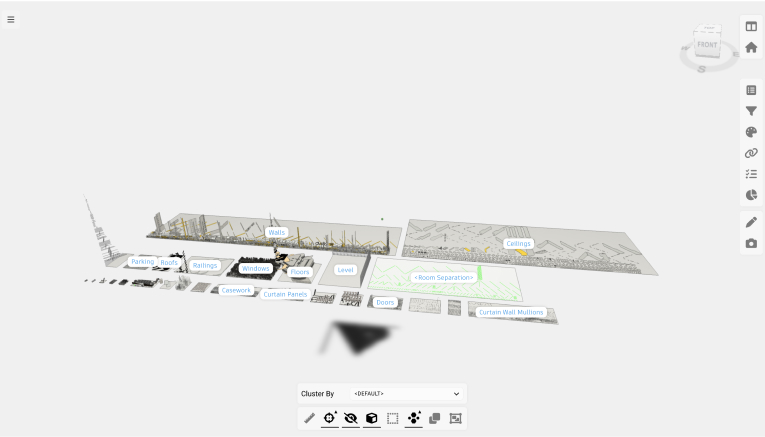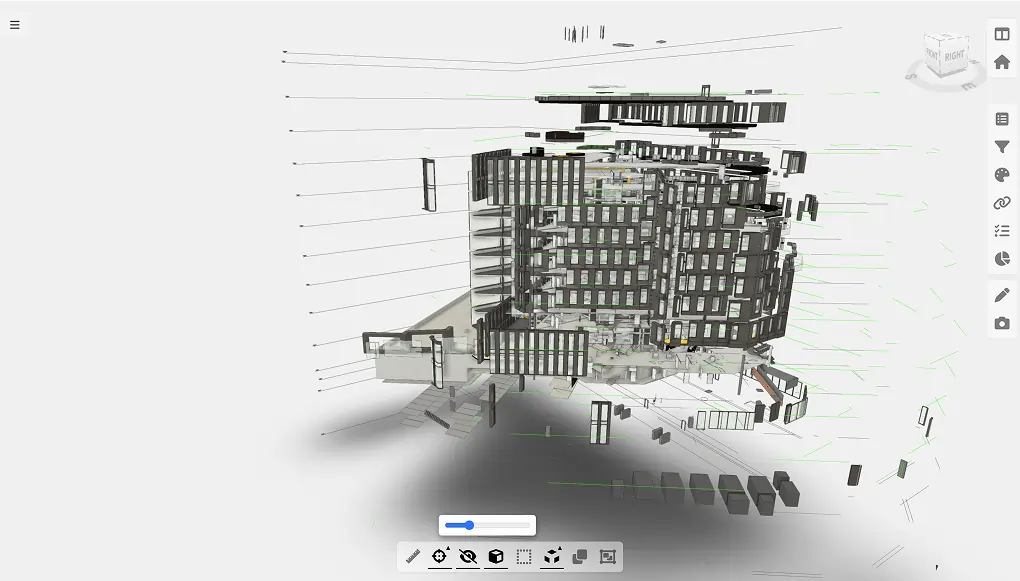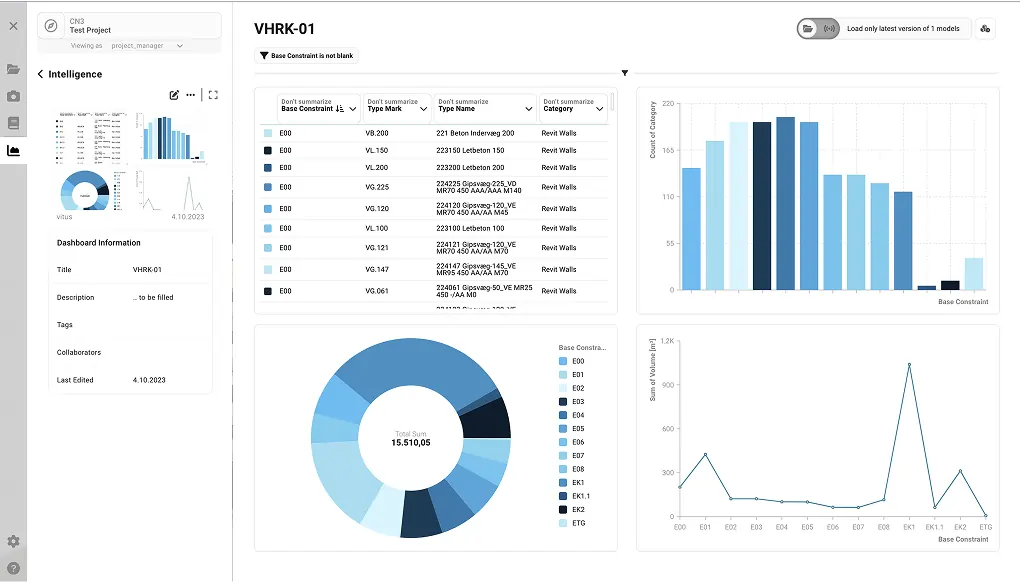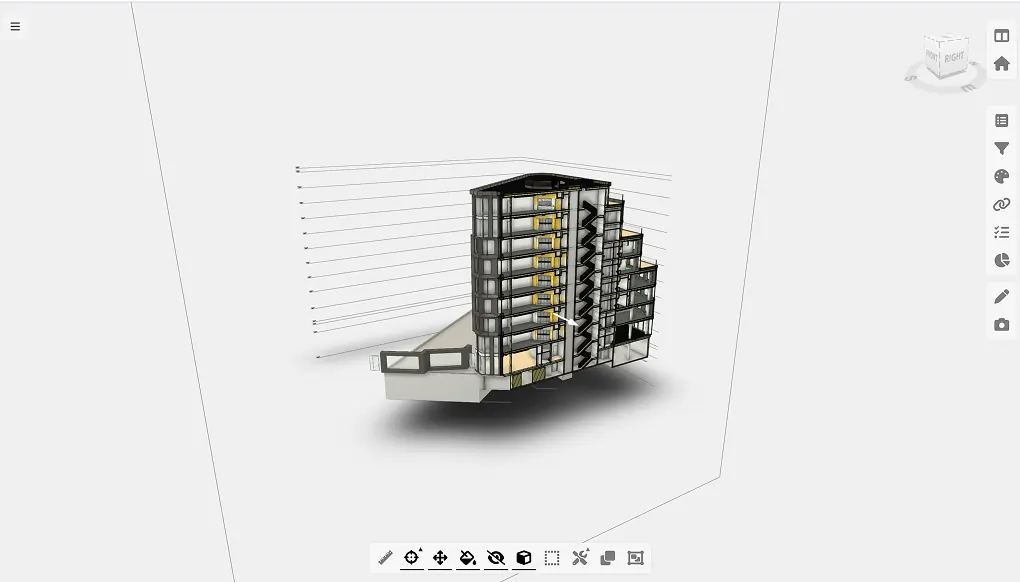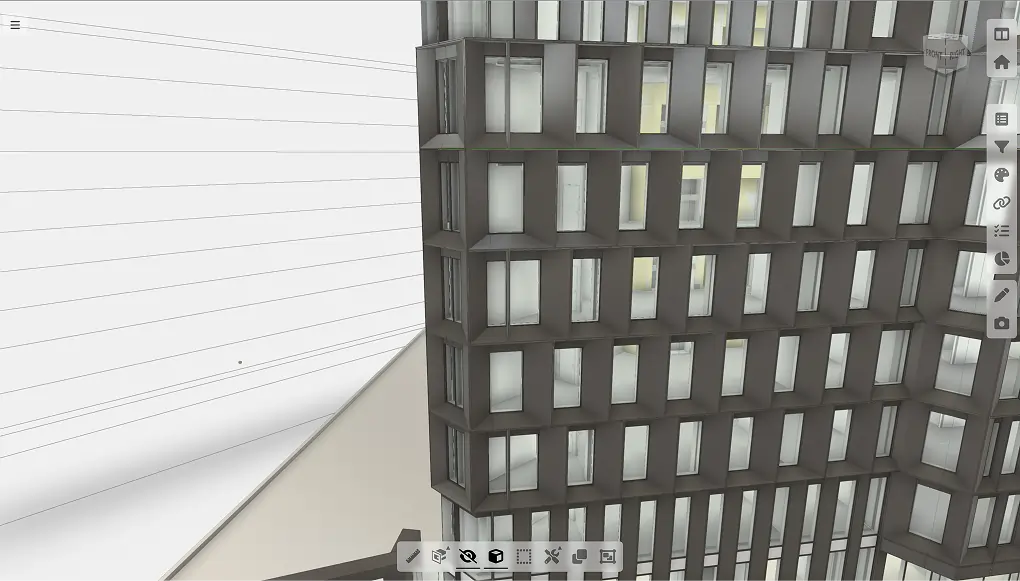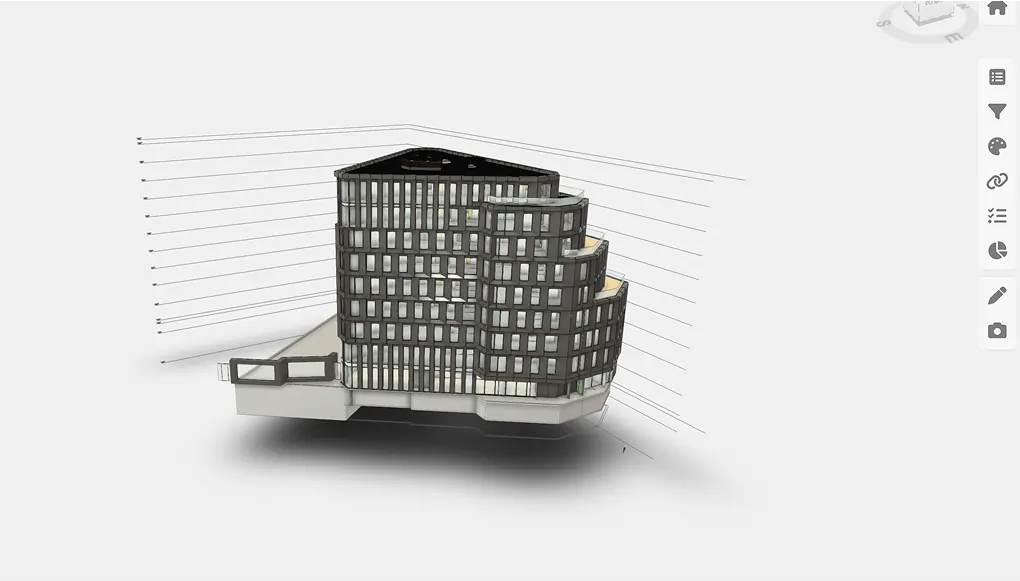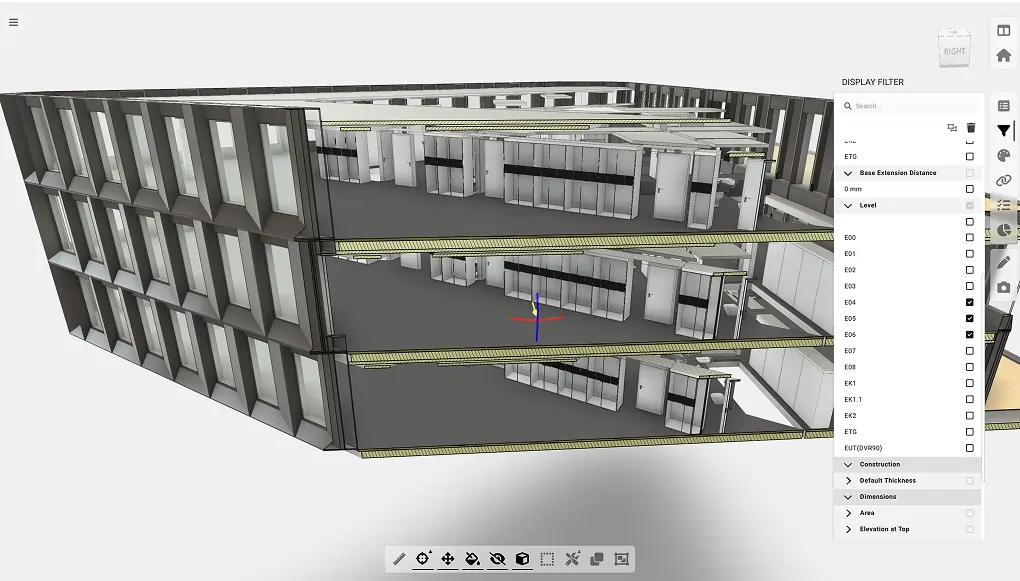Learn how we help
About the project
Vitus is a cloud-based constructability and construction intelligence platform that connects on-site, off-site, and management personnel of construction companies and helps to create a common understanding of the project from its early planning and pre-construction phases.
The platform provides real-time constructability insights and connected data. It is used throughout a project lifecycle to review, visualize, coordinate, share, and manage project content while smoothly integrating with the tools and solutions that a company has already employed. Vitus supports key industry-standard formats including .ifc, .nwd, .rvt, .pdf, .3dm, 3D dwg, .dgn, and .stp.
In a nutshell, the platform enables information creation, review, automation, collaboration, and process management.
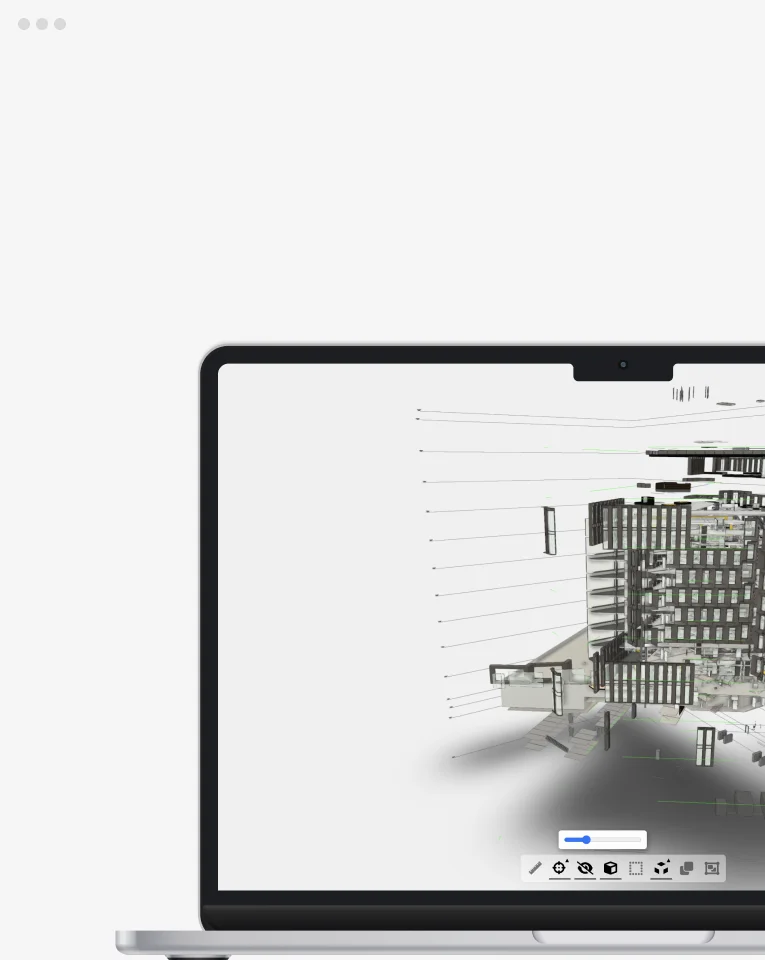
Our engagement
The project development was in full swing, and our front-end developers seamlessly integrated with the in-house team to tackle ongoing front-end development tasks like implementing new functionality, creating view extensions, fixing bugs, etc. The whole logic and functionality of the app were related to the conversational interaction with 2D files and 3D models, or directly with the data of these models.
A solid focus was placed on optimizing the app's performance, considering the substantial data it needed to process. Despite facing several challenges, our specialists effectively addressed them.
